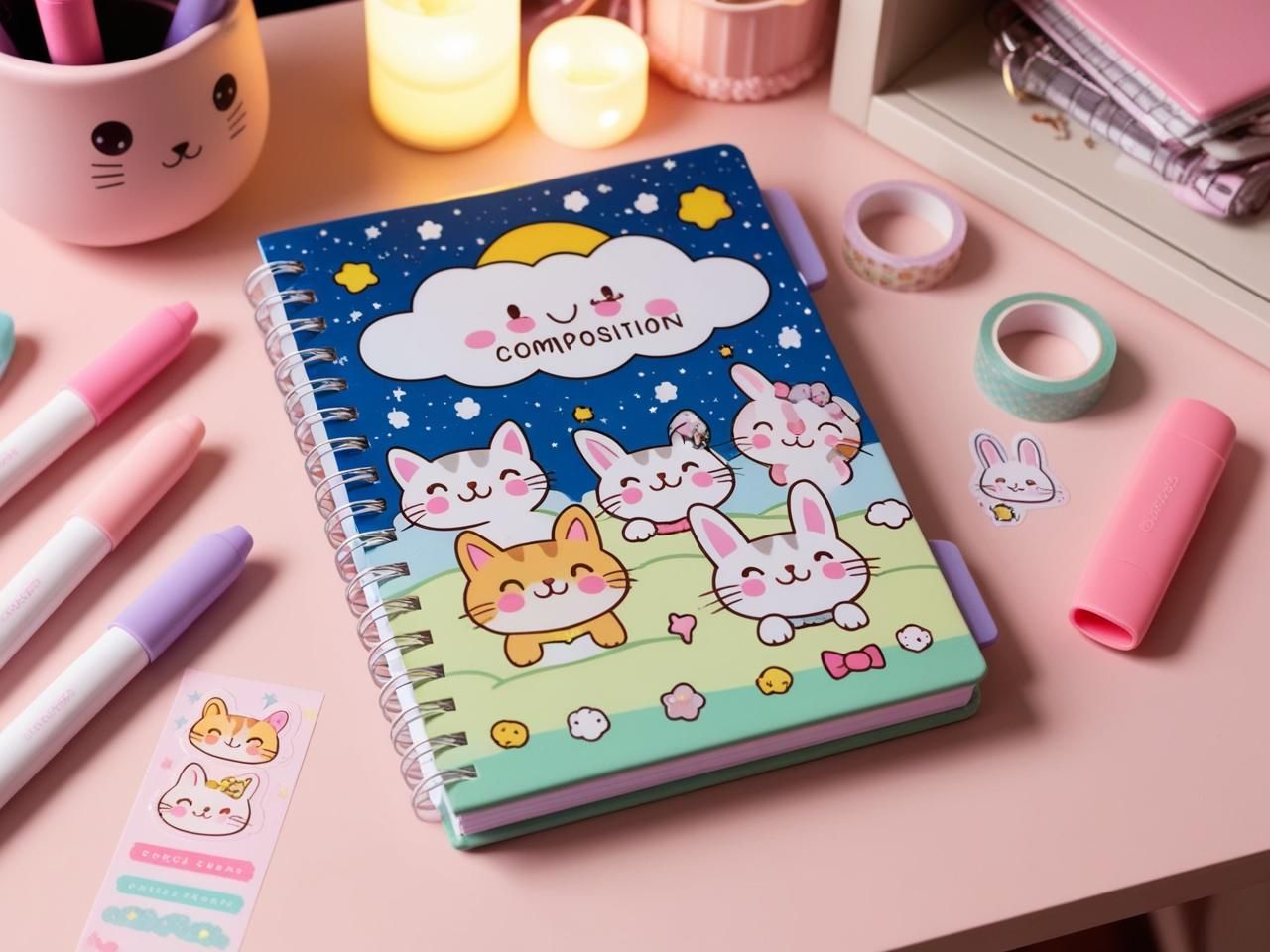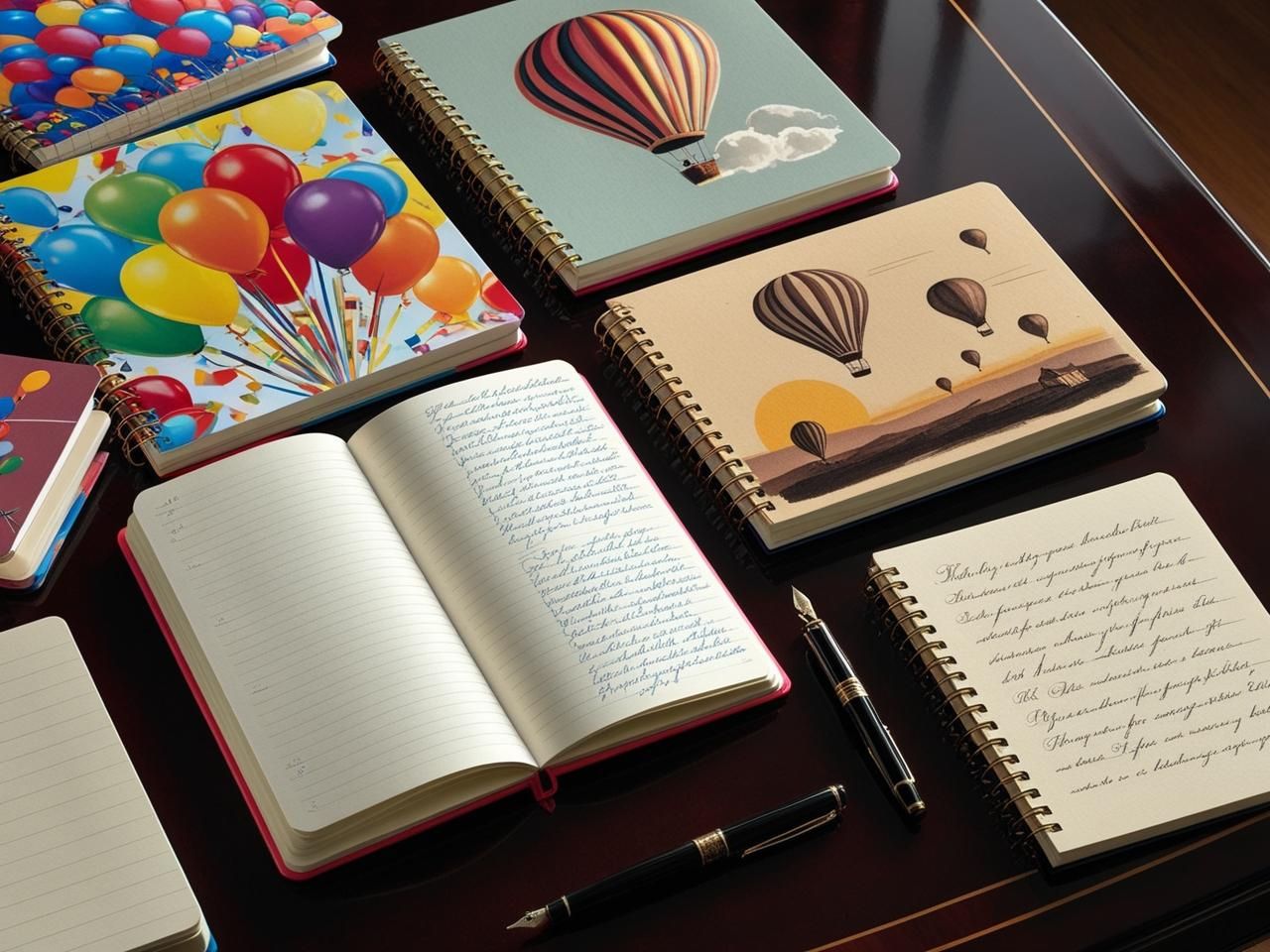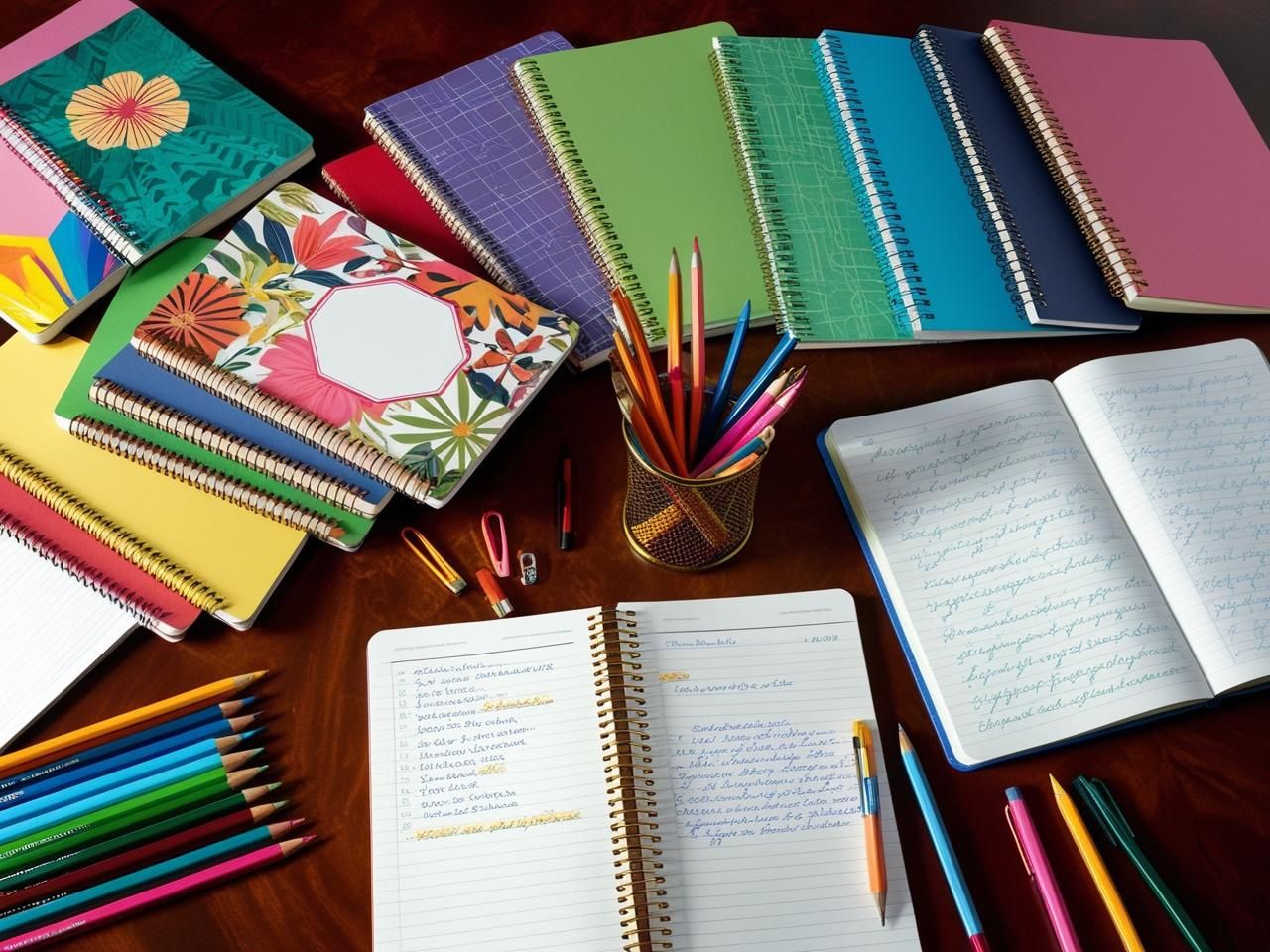- COMPOSITION NOTEBOOK
- Guides
- Best Ways to Use a Wide Ruled Composition Notebook for Language Learning
Best Ways to Use a Wide Ruled Composition Notebook for Language Learning
- Category: Guides ,
- Tags: Wide Ruled
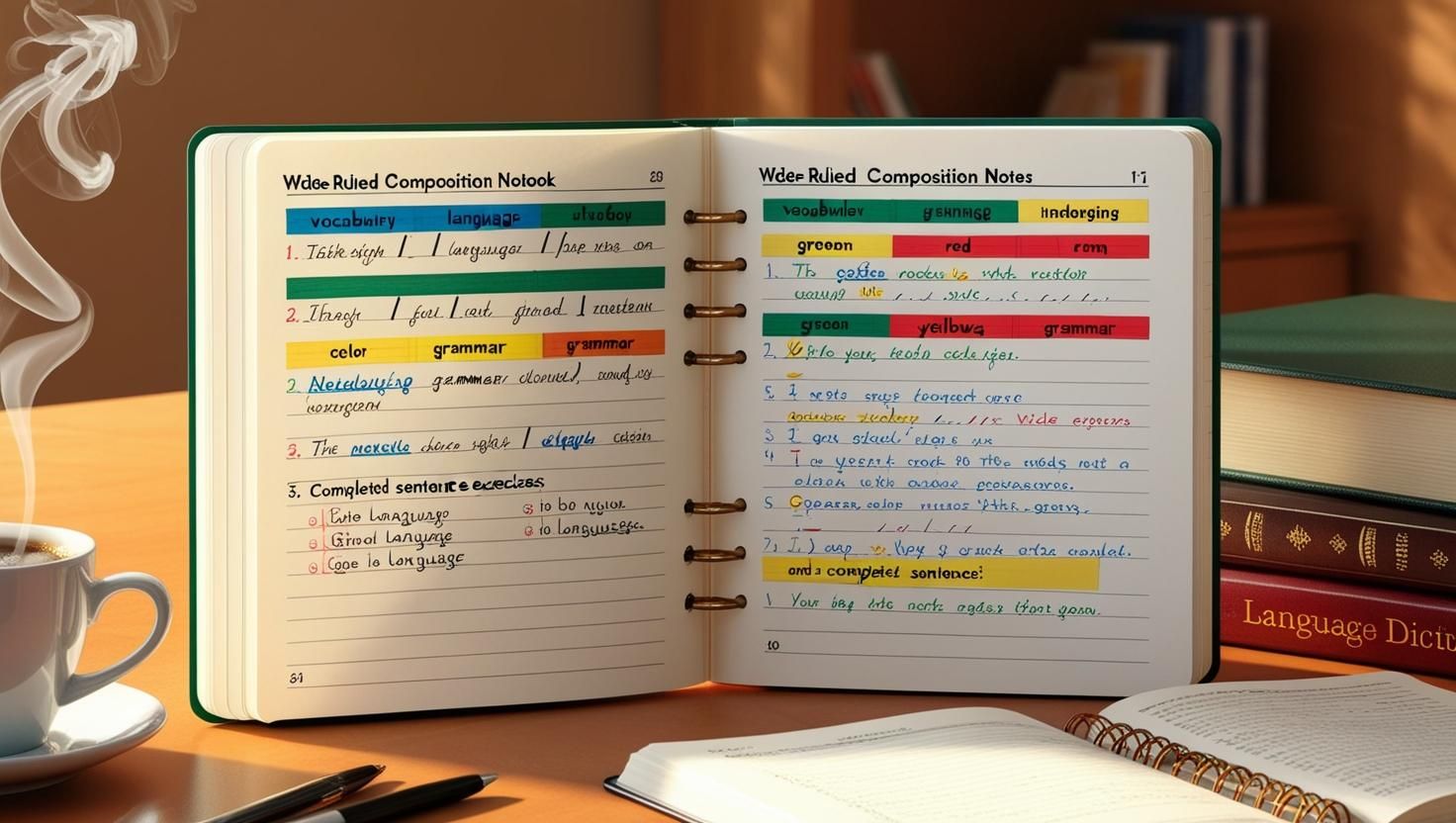
Mastering a new language requires consistent practice, and using a wide ruled composition notebook can be an invaluable tool for structuring study materials. Unlike digital apps, a physical notebook provides a distraction-free learning experience, allowing you to focus on active recall and handwriting-based memory retention. With a dedicated system, you can organize vocabulary, grammar, writing exercises, and cultural notes, ensuring that every lesson is stored in an efficient, review-friendly format.
Table of Contents
ToggleWhy Use a Wide Ruled Composition Notebook for Language Learning?
Many language learners rely on digital tools, but a physical composition notebook offers distinct advantages in memory retention and organization. Here’s why it’s one of the best tools for language learning:
Encourages Active Learning
- Handwriting improves recall by reinforcing grammar and vocabulary.
- Reduces distractions compared to mobile apps or laptops.
Provides a Structured Learning Approach
- Allows for segmented organization with dedicated sections for vocabulary, grammar, and practice exercises.
- Easy to track progress over time and review previous lessons.
Boosts Writing Practice
- Wide-ruled pages provide ample space for sentence building and essay writing.
- Perfect for daily journaling in the target language.
Organizes Study Material for Efficient Learning
- Keeps all language notes in one place, reducing clutter.
- Acts as a progress tracker for milestones and areas of improvement.
Looking for the best wide ruled composition notebooks? Check out this selection of top-rated wide-ruled composition notebooks for students and language learners.

How to Structure a Language Learning Notebook (Step-by-Step Guide)
A well-organized notebook enhances learning efficiency. Use the following layout to maximize comprehension and recall:
1. Divide Your Notebook into Sections
- Grammar Rules – Sentence structures, verb conjugations, and common mistakes.
- Vocabulary Lists – Categorized by themes like travel, food, business, or daily phrases.
- Writing Practice – Daily journal entries, sentence construction, and storytelling.
- Listening & Speaking Notes – Transcribed conversations, pronunciation tips, and dialogues.
- Cultural Notes – Idioms, slang, traditions, and social norms.
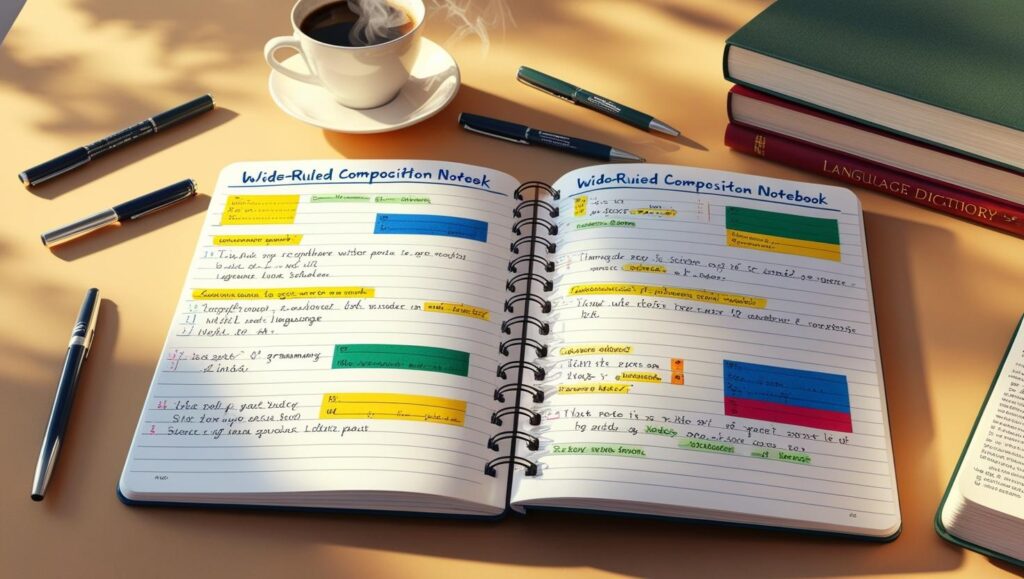
2. Use a Color-Coding System
Color-coded notes enhance visual memory and make studying more engaging:
- 🔵 Blue – Key vocabulary words.
- 🟢 Green – Grammar rules and examples.
- 🔴 Red – Common mistakes to avoid.
- 🟡 Yellow – Conversational phrases.
Effective Note-Taking Techniques for Language Learning
The Cornell Method
This method organizes notes efficiently for easy review:
- 📌 Left Column: Write keywords and grammar concepts.
- 📌 Right Column: Detailed definitions and example sentences.
- 📌 Bottom Section: Summarize key takeaways for quick reference.
Mind Mapping for Vocabulary Expansion
Visual learners benefit from mind maps, linking synonyms, antonyms, and contextual usage.
Sentence Building & Writing Prompts
- Use new vocabulary in complete sentences and paragraphs.
- Write daily journal entries in the target language.
Spaced Repetition for Vocabulary Tracking
Improve long-term recall with a structured review system:
- Day 1 – Learn 10 new words.
- Day 3 – Review words from Day 1.
- Day 7 – Revise again.
- Day 30 – Final review
RELATED POST
Composition Notebook by Pieffeweb | Cookie Policy | Privacy Policy | Disclaimer










